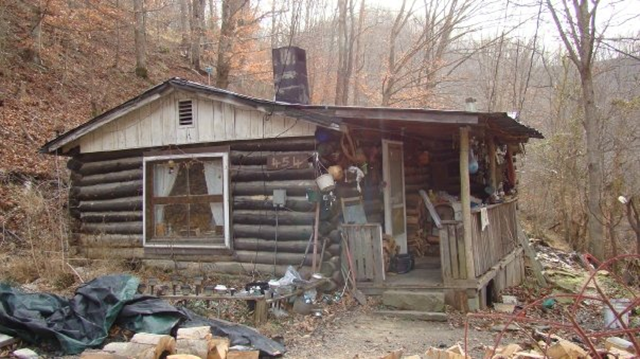Rural America’s silent housing crisis
By Gillian B. White
6 February 2015 (The Atlantic) – Conversations about affordable housing are often dominated by questions of how to get lower-income residents in expensive cities—like New York, Los Angeles, and San Francisco (and their surrounding areas)—into safe, affordable places to live. That makes sense: Often urban hubs are a good bet for jobs and economic vitality, but they’re also prohibitively expensive for many—creating well-known housing problems. But cities aren’t the only places that are lacking when it comes to adequate housing at affordable prices. In rural America, both prices and the terrible condition of existing homes are problematic. Few people think about rural communities—not only when it comes to housing issues, but at all. It’s mostly a numbers game. According to data from the Housing Assistance Council, in 2012 only about 21 percent of Americans lived in rural areas, which means that not many people outside those areas—or about 80 percent of Americans—probably feel much association with rural issues. And that can make it difficult to shine a light on the problems that occur there. Making the case to divert funds and attention to parts of the country that are home to a mere 20 percent of the population can be an uphill battle, especially in difficult economic times. It might be hard to understand how finding affordable housing could be a problem in areas where housing is substantially cheaper than in the nearest city or suburb. Yes, the cost of living is lower, but incomes in many in rural areas are also significantly lower, thanks to limited economic opportunities and struggling industries, such as coal production. “When we are looking at areas that are most challenged economically, we’re also finding some of the most challenging housing conditions,” says David Dangler, the director of Rural Initiatives at NeighborWorks America, an organization that advocates for affordable housing and acts as a network for nonprofit housing groups. About 17.2 percent of rural residents lived below the poverty line in 2012 versus 14.9 percent nationwide, according to 2012 data from the HAC. “Much of the affordable-housing stock in rural housing areas is old and in need of repair. Many of the people who live there don’t have the resources that they need in order to keep the houses in good repair,” says Sheila Crowley, president of the National Low-Income Housing Coalition. For example, take Lynne Bouknight, who moved back to her childhood home in Elk Creek, Va., after her mother moved away for a job. When she was younger, Bouknight says, her father was able to handle the upkeep on the place—a two-story, gray-brick house—tinkering with things and fixing them when they broke. But by the time she was living in the house—built in 1949 by her grandfather—it began to show its age. “The water went first,” Bouknight remembers. At first it wasn’t so bad, she says; she was in good health then, and she could haul water inside after the pump broke, and pick up kindling and timber from her property to fuel her wood-burning stove. “I could build a fire in about a minute. The colder it is, the faster I could build one,” she said chuckling. She had a friend who’d swing by to help her with small maintenance jobs, and she could visit neighbors and friends for showers and laundry. But then things took a turn for the worse. The wind began to tear away the roof and rip tin off the house. Some of the windows started to give way, too. The friend who had helped her with household maintenance was killed in a hate crime, she says. And then Bouknight had a stroke. “As the house came apart, my health deteriorated with the house,” she said tearfully. With the damage mounting, it was easy for the elements to take an even bigger toll on the property. Bouknight found herself relegated to a small section of her home—living upstairs in her childhood bedroom—the one place where it was dry and where the roof remained intact. She tried to get help from the Agriculture Department, the federal agency that is largely responsible for administering housing aid to rural communities, but officials said they couldn’t do anything to help her rehab her property, she said. Then help came from somewhere else: A woman who worked for a human-service organization called HOPE, agreed to take a look at her situation to see if her group might be able to assist. “One day, she came out to the house; I wasn’t at home. She looked around, and I suppose her heart was touched. She couldn’t believe someone could live in those conditions,” Bouknight said. With the help of HOPE, which provides housing aid and support for people in rural areas, Bouknight’s home was salvaged and she regained access to what many might consider basic necessities, such as running water. The help came just in time, too. Bouknight says with her diminished health, she could not have carried on with the house in the state it was in before the intervention. Bouknight’s hardships might sound extreme, but dangerous or unhealthy housing conditions aren’t an anomaly in many rural areas. Residents who aren’t able to save their homes, or to find new homes they can afford, are often forced to double up with family members—or they become homeless, says Crowley. “It’s not visible, because people aren’t on the streets: They’re living in cars, and they’re living in campgrounds.” According to the National Alliance to End Homelessness, on average there are 14 homeless individuals per every 10,000 people in rural areas versus an average of 29 homeless people per every 10,000 in urban areas. [more]
